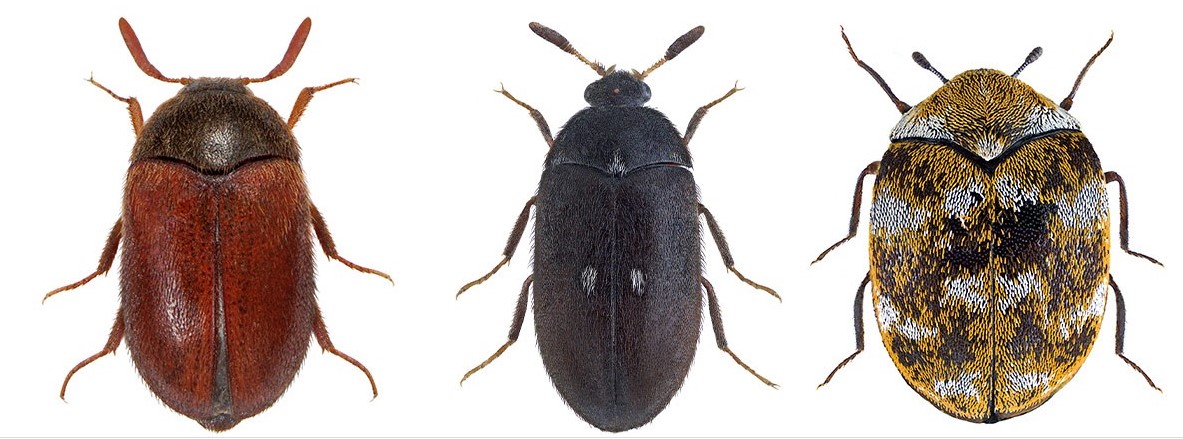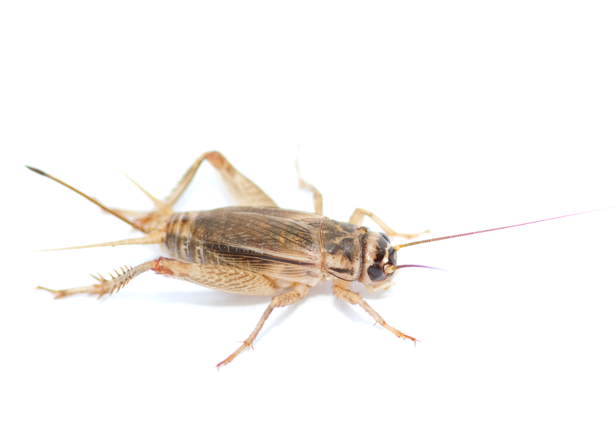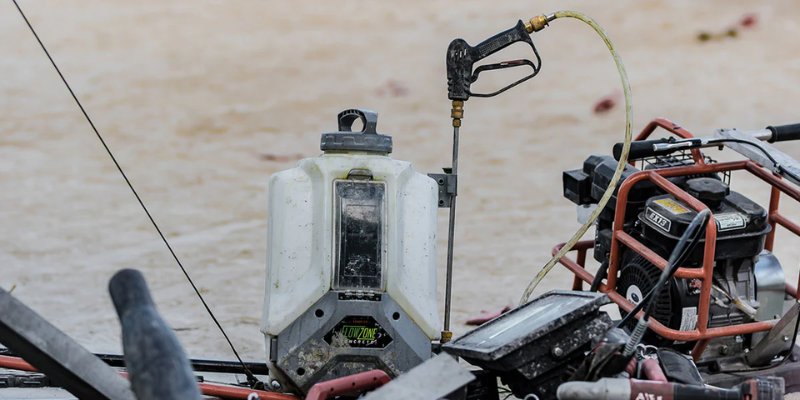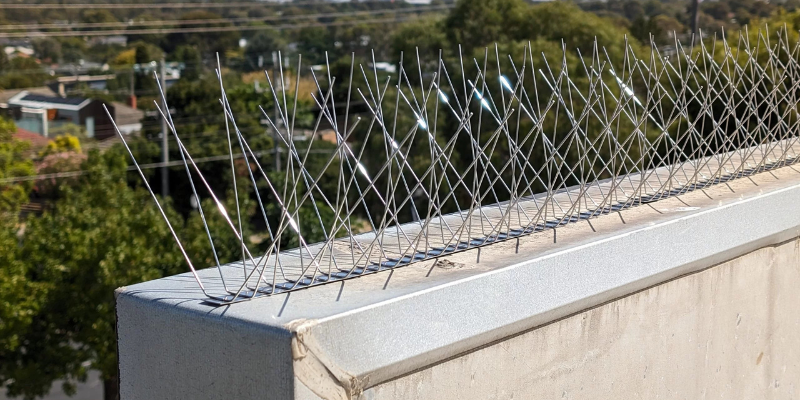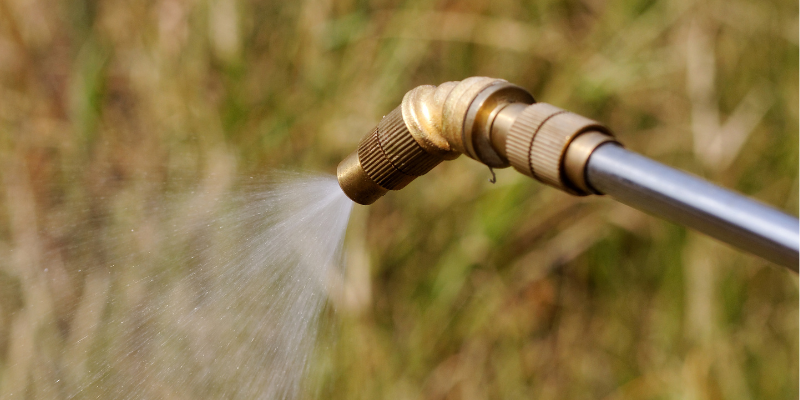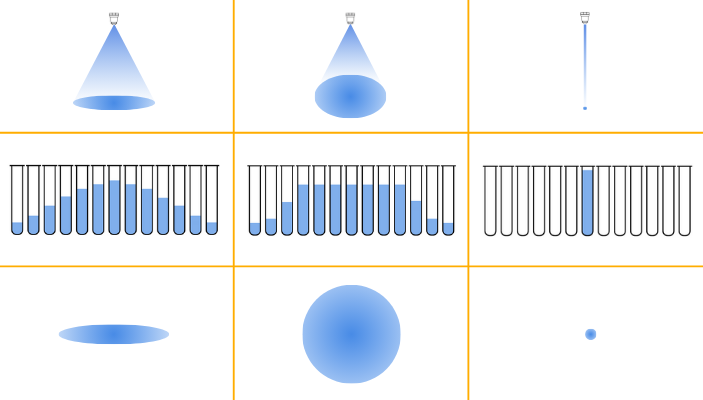Australian Cockroaches
Australian Cockroaches
Scientific Name: Periplaneta australasiae
How to identify Australian Cockroaches
Australian cockroaches are large species of cockroaches. They are winged and can be about 3-4 cm in length. They are dark brown in colour. Australian cockroaches are very similar to American cockroaches but can be distinguished by a yellow margin on the thorax and yellow streaks as its sides near the wing base. They normally feed on plants unlike other cockroaches and can also feed on different organic substances including decaying substances.
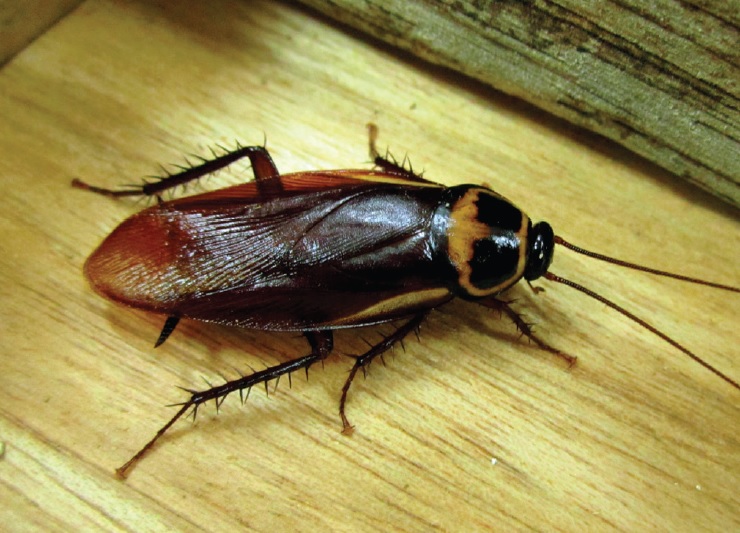
Where are Australian cockroaches commonly found?
Periplaneta species of cockroaches (American, Australian and Smoky Brown) are more common in the warmer areas with Australian cockroaches beginning to proliferate from the North coast of NSW upwards. They don’t require the same amount of moisture as their smaller cousins and can be found in places such as roof voids, cavity walls, sub-floors, drains, grease traps and sewers. They prefer dark, moist, warm areas. They are commonly found in basements, steam tunnels, boiler rooms, rubble foundations, and similar places.
Why are cockroaches considered pests?
Cockroaches are probable carriers of a number of debilitating diseases including salmonellosis, dysentery, typhoid, hepatitis and tuberculosis. There is no unequivocal proof that cockroaches are disease carriers unlike in the case of rodents and flies but, it doesn’t take much imagination to conjure up the image of them crawling through drains and sewers and then scuttling across the speciality of the house!
What is possibly more disturbing to families is the fact that people can become allergic to cockroaches and their faeces. “This allergic reaction is a worldwide phenomenon, with sensitivity to cockroaches ranging from 23–60% of the population tested. There seems to be a particular association between cockroach allergens and asthma but they can also cause rhinitis and dermatitis. The allergens are potent sensitisers of children and exposure to cockroach allergens early in life has been found to be a predictor for the development of asthma."
On commercial premises, the presence of cockroaches contravenes health regulations and could result in a significant fine.
What is the biology and lifecycle of cockroaches?
Cockroaches undergo an incomplete (or gradual) metamorphosis with the juvenile stages being similar in appearance to the adult form, apart from the presence of wings. Female cockroaches produce an egg case (ootheca) after mating and they either deposit this sometime before or immediately prior to the baby (nymph) cockroaches emerging. According to the species involved, there are a number of juvenile stages lasting from six to twelve months. Adults can live from three to twelve months. Juveniles and adults are found living together in aggregations with up to 75% of the aggregation consisting of juveniles. All stages have similar mouthparts and feed upon identical foods.
Chemicals Required to Control Australian Cockroaches
Chemicals required to treat and control cockroach populations
If you start a job thinking that an insecticide will do all the work for you, then you and your client will be disappointed. To manage and control cockroach populations, you need to work in a diligent, systematic fashion. Please see our list of recommended insecticides to assist with the treatment of cockroaches below. The standard types of insecticides for a cockroach eradication job should include:
-
Two residual insecticides (with different modes of action),
-
An insecticidal dust,
-
An Insect Growth Regulator,
-
An aerosol with an applicator nozzle,
-
Two cockroach gels (with different modes of action), and for big jobs.
For a heavy infestation, you will achieve better and quicker results if you apply a liquid insecticide with added insect growth regulator and treat any voids or cavities with an insecticidal dust. Some pest managers rely almost exclusively on cockroach gel as their one and only method of treatment and these products are effective control agents. However, they are not rapid acting and it may be some days before results are noticed. For initial treatments, a liquid residual insecticide plus dust will give faster, more impressive results. You will need a crack and crevice/borer nozzle and apply the spray with a low pressure into harbourages. It is not wise to spray skirting boards/carpet edges as has been the custom of some pest managers in the past. This procedure is not productive and may lead to staining of surfaces. Always prepare and apply insecticides according to label requirements.
You can apply dusts to voids and cavities where it will not be blown onto foodstuffs, food handling surfaces or cooking utensils. It must be applied lightly or the cockroaches will avoid it. Do not apply it in areas which will become wet. Dust can be applied to enclosed roof voids or sub-floors where it will not contaminate any stored materials.
Cockroach gels are relatively new on the scene having appeared only in the last 20 years. They are cost effective and provide excellent results when used according to label instructions relating to “dot” size and spacing. They should be applied with a proper gel gun not just squeezed from the tube. Many pest managers use gels to the exclusion of all other formulations and there is nothing wrong with that approach but, as mentioned prior, they will provide slower results. Other pest managers only use gels to treat harbourages where liquids or dusts may cause problems e.g. electronic equipment. This is a more economical approach.
Management Tips for Australian Cockroaches
Steps for controlling cockroach populations
-
Site Evaluation: Carry out a risk assessment and site evaluation. Look for evidence of cockroach activity such as live or dead insects, cast nymphal skins, egg cases, droppings, regurgitation marks and you can even smell them out if there are quite a few of them. Carry out the inspection in a systematic manner from left to right or vice versa depending upon your preference.
-
Do not use an aerosol as a flushing agent as this merely disperses them and makes subsequent control efforts much more difficult. Look for locations that provide warmth, moisture, food and shelter such as dishwashers, refrigerator motors, microwaves and coffee machines. Do not neglect any possible harbourage as adult German cockroaches can hide in a gap less than 2 millimetres high. Look for hygiene and proofing issues that may contribute to the pest problem. Write them down and detail any recommended actions.
-
Treatment: When you are aware of all actual and potential harbourage areas, apply your insecticide. There can be nobody in the vicinity while you are working and you may need to put out warning signs. Refer to the NSW WorkCover publication, “Safe Use of Pesticides Including Herbicides in Non-Agricultural Workplaces Code of Practice 2006” for detailed information on relevant safety precautions.
-
After Treatment: After the treatment, you should evaluate the situation. Walk around and re-inspect. You will need to stoop to look under fittings and you may need your ladder to look up high. You may need to apply additional insecticides or knock them down with an aerosol. Are there any liquid or dust puddles? You will need to remove those before the client re-enters. Place cockroach glue traps in the worst harbourage areas. These will give you valuable information when you return. If there are lots of cockroaches stuck on them, you will need to do another thorough treatment. After completing the necessary paperwork, take another look around. Is there anything you may have missed? Detail any client recommendations regarding hygiene and proofing. Tell them how important it is for an integrated pest management programme that all these recommendations are acted on. Don’t be surprised if your recommendations are not promptly actioned.
-
Servicing Intervals: Now that you have completed the initial treatment, you will need to return to ensure that the results are satisfactory. In your quotation, you will have noted any follow-ups and service intervals. Always make at least one follow-up visit after ten to fourteen days. Check your glue boards to see if there is any fresh activity. If there is, you will need to re-treat and come back again a week later to check the results. You should never leave a site if you think that live cockroaches are still there unless you have applied gel to those areas. For most food facilities e.g. restaurants, hotels and food manufacturers, at least a monthly service is required. Some sites have weekly or even twice weekly visits. With other non-food sites, a quarterly service may be all that is required. With domestic premises, your service schedule is more flexible. Some companies provide three or six-month free service periods. With experience, you will be able to decide on service intervals with more precision



